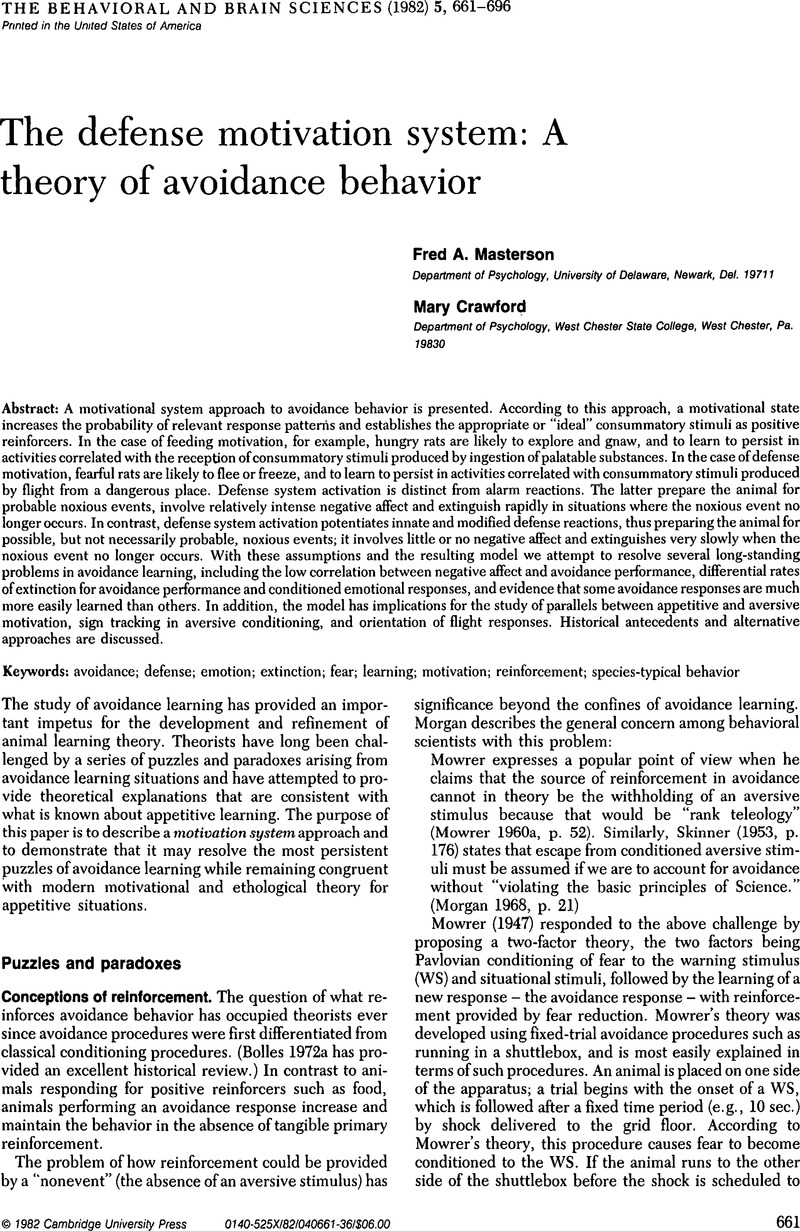Crossref Citations
This article has been cited by the following publications. This list is generated based on data provided by Crossref.
B, James R.
and
P, Anthony G.
1990.
Role of prior experience in blocking the disruptive effects of neuroleptic drugs on active avoidance by rats.
Psychobiology,
Vol. 18,
Issue. 1,
p.
35.





